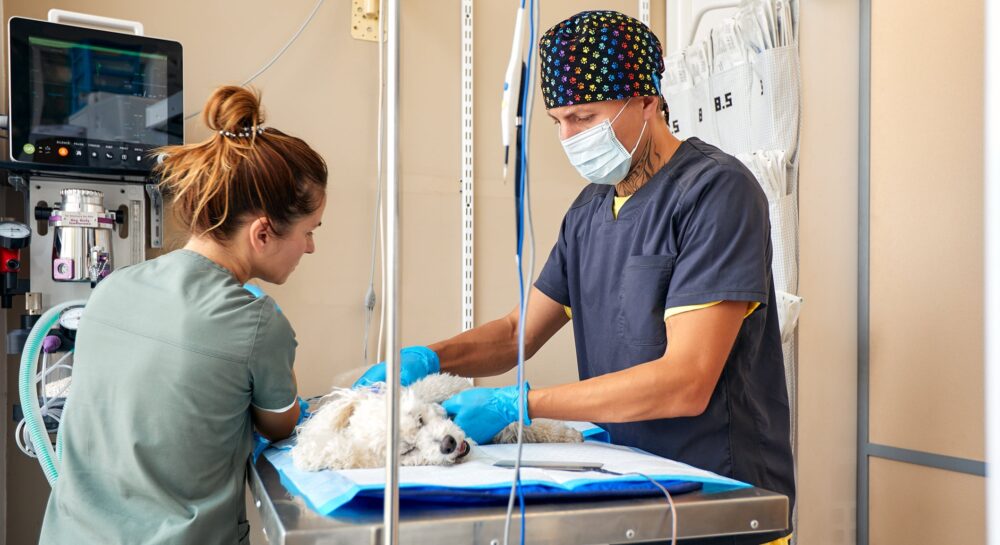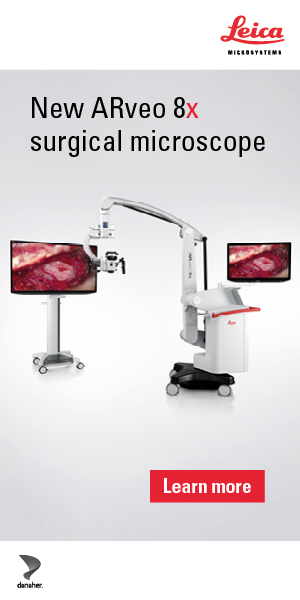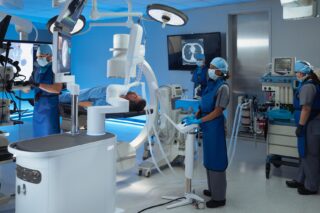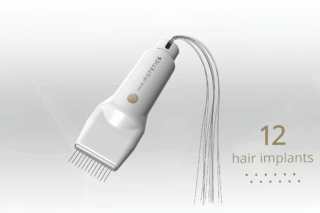Advances in technology, cross-species research, and innovative treatments are redefining the future of veterinary anaesthesia and pain care.
Anaesthesia and pain management in veterinary medicine are undergoing a transformation, driven by advances in perioperative care, cross-species research, and new technologies. At the forefront of these developments is the recognition that pain is a universal challenge, and that solutions in one species can inform and improve treatment in another. Comparative medicine now plays a central role in shaping how veterinarians and physicians alike approach patient safety, individualized care, and long-term quality of life.
These themes were explored in depth at the 2025 World Congress of Veterinary Anaesthesia & Analgesia (WCVAA) in Paris, where veterinarians, researchers, and human health specialists gathered to share knowledge and innovations. From digital platforms that support precision dosing to collaborative research in neurology and cardiology, the congress highlighted how veterinary and human medicine are increasingly intertwined in their pursuit of safer, more effective anaesthesia and pain care.
A Shared Mission Across Human and Veterinary Medicine
Modern anaesthesia is increasingly viewed not only as a technical discipline but also as a philosophy of care that extends across species. At its core, the practice aims to reduce suffering and improve outcomes by combining clinical expertise with humanistic skills such as communication, empathy, and decision-making under pressure. The emphasis on “non-technical skills” alongside advanced monitoring and pharmacology reflects a shift in how perioperative medicine is being taught and practiced in both veterinary and human health settings.
This perspective was underlined during the opening session of the World Congress of Veterinary Anaesthesia & Analgesia in Paris.
“The goal of anesthesia today is to improve patient outcomes through both technical and non-technical skills, whether the patient walks on two legs or four,” remarked Jean-Michel Constantin, Head of the Intensive Care Unit at Pitié-Salpêtrière Hospital and Professor of Medicine at Sorbonne University.
Constantin’s words framed pain as a common enemy shared by all species and positioned anaesthesia as a bridge between physiology, compassion, and planetary health. Mireille Bossy, General Veterinary Public Health Inspector, echoed this view, stressing that advancing care requires both scientific knowledge and an understanding of the patient’s lived experience.
Zoobiquity: Interconnectedness in Anesthesiology and Pain Management
The following session explored Zoobiquity, the idea that human and animal health are inextricably linked. This term was first coined by Dr. Barbara Natterson-Horowitz, who describes the approach as looking at animals and veterinary medicine to better understand human physiology and disease.
Anesthesiologist and Intensivist Baptiste Balanca and Veterinarian Emmanuelle Canet-Soulas traced the intertwined histories of anesthesia education in both fields, from 19th-century surgeon-led experiments to innovative and modern translational research. They emphasized how cardiovascular and neurological studies in animals continue to shape treatments for human patients, and vice versa. One example included neurological studies in monkeys, which has helped deepen our understanding of the brain and still informs therapies for human patients today.
Advances in perioperative care–which is the entire period of a patient’s surgical procedure which commonly includes ward admission, anesthesia, surgery, and recovery–were presented as a shared frontier for innovation. They also talked about innovations such as Simtiva, a digital platform that supports target-controlled infusion (TCI) in veterinary anesthesia by integrating pharmacological models with real-time monitoring.
“This kind of tool is emblematic of how technology can bridge gaps between research, clinical practice, and training,” shared Balanca.
The panelists encouraged a multidisciplinary approach, showing how lessons from one field can improve safety and personalized care in the other. As Canet-Soulas remarked:
“What we discover in one species can immediately inform how we care for another. The dialogue between veterinary and human medicine is essential.”
Innovative Booths and Industry Gamechangers
During the event in September, we explored the exhibition hall filled with cutting-edge technologies and services shaping the future of veterinary anaesthesia. From a new centralized anesthesia system to color-coded rainbow trays that help in minimizing error, the booths provided a glimpse into the future of pain management and patient safety.
1. A7 by Mindray Animal Medical
Mindray Animal Medical’s A7 anesthesia system, which was just launched this September, is designed to make veterinary anesthesia safer and more efficient, combining anesthesia machines, patient monitors, and pumps together in one centralized workstation. Features include real-time centralized control, combined drug assessments, a full range of ventilation modes for patients of all sizes to improve airway management and extend oxygenation time, and flexible design through its 360° display and plug-and-play monitoring modules. Overall, this streamlines workflows and improves decision-making, making care for animals safer.
2. Daxocox by Virbac
The new and improved Daxocox is a veterinary medicine designed to manage pain and inflammation commonly associated with osteoarthritis or degenerative joint disease. Formulated with the active ingredient enflicoxib, it is administered once a week–rather than daily–making pain management simpler and more convenient for pet owners. Developed by Virbac, an independent pharmaceutical company dedicated exclusively to animal health, Daxocox represents a significant step forward in long-term care for companion animals. First approved in Europe in 2021, the treatment was then updated in 2025, when the EMA’s Committee for Veterinary Medicinal Products (CVMP) issued a positive opinion on a variation to its marketing authorisation. That same year, the UK also authorised a new 200 mg tablet version for dogs.
3. Rainbow Trays – Vet Box by Ace Veterinary Supplies
The new Rainbow Trays – Vet Box by Ace Veterinary Supplies, released last April 2025, are color-coded anaesthetic trays that are pleasing to the eyes. Clearly, it wasn’t created just for the aesthetic–based on research, the colors are designed to reduce medication errors and aid in organized drug storage. It is made from Polyethylene Terephthalate (PET), a material that is highly resistant to bacterial growth. Simple yet innovative, the product, developed by anaesthetists, is designed to fit in everyday working practices, but also is incredibly useful in training new anaesthetists.











